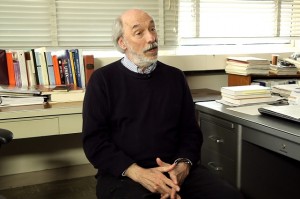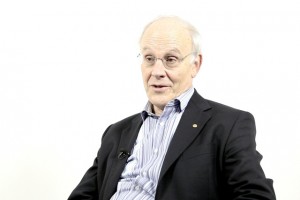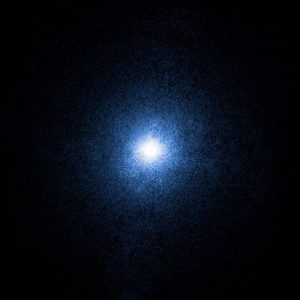Electron – Positron Annihilation
Physicist Frank Taylor on quarks, muons, and the Standard Model
What is the quantum measurement problem? What are experiments, that create squeezed states of light using nonlinear interactions in optical materials? Curtis and Kathleen Marble Professor, Department of Astrophysics at Massachusetts Institute of Technology Nergis Mavalvala explains, what is the shot noise problem.
The way that gravitational wave detectors detect gravitational waves is by measuring the light travel time between a laser and a mirror, the mirror is usually some kilometers away. There are two things we have to do to make that gravitational wave detector work at the level of sensitivity that is needed. And let me say what is that level of sensitivity. What we were trying to do is we were measuring the displacements of mirrors that are kilometers apart and those displacements are at the level 10-18 meters. This is not terribly easy to do.
One of the big limits to how well you can do comes to us from quantum mechanics. We know that light is quantized, quantization of light puts a limit on how precisely we can measure the mirror position. On easy way – this is called “the shot noise limit”. One easy way to think about this – it comes about because of the Heisenberg Uncertainty Principle. We know from the Heisenberg Uncertainty Principle, that we can’t measure two complementary variables with infinite precision. The way that quantization of light interferes with our measurment is simply that our signal is proportional to the number of photons, to the amount of light that we have hitting the mirror.
If I use light to measure the position of a particle, how well can I do? And the answer is – it’s limited by the Heisenberg Uncertainty Principle for this exact reason. If you use more light to make a stronger measurement you get a stronger back action which is that your measurement kicks the particle. We in our laboratories also do research on that question of how do we make detections that can do better than this standart quantum limit or exceed it.

Physicist Frank Taylor on quarks, muons, and the Standard Model

Nobel Prize laureate David Gross on Rutherford experiments, asymptotic freedom, and the origin of the particle...

Mysterious rays that changed the world